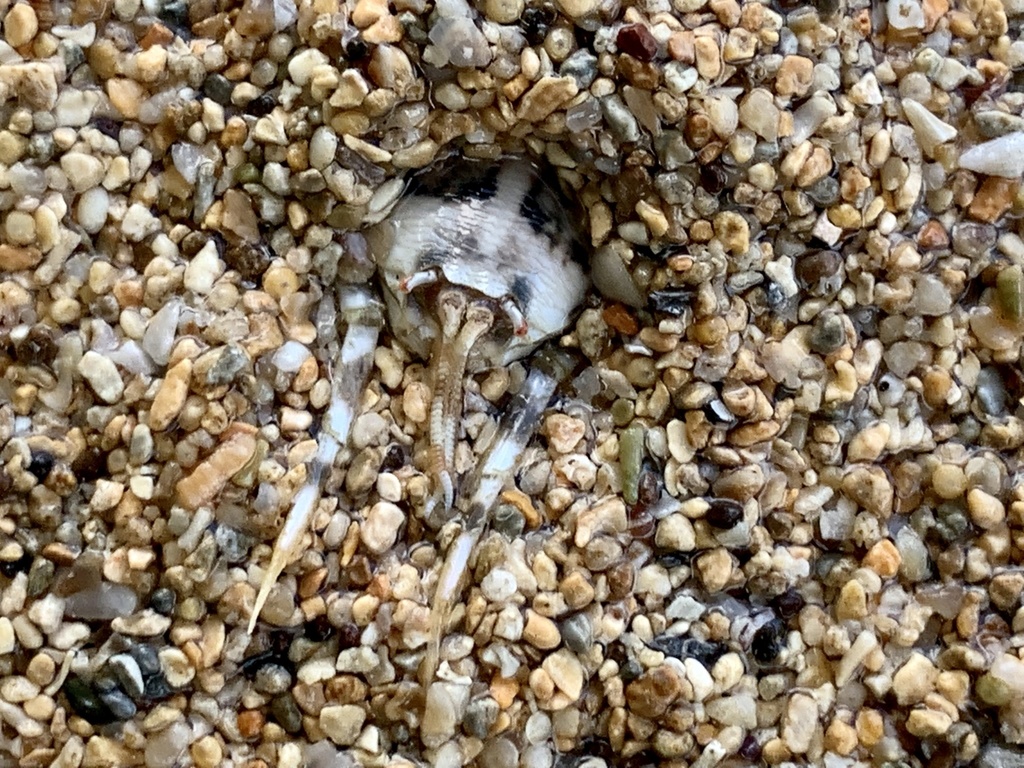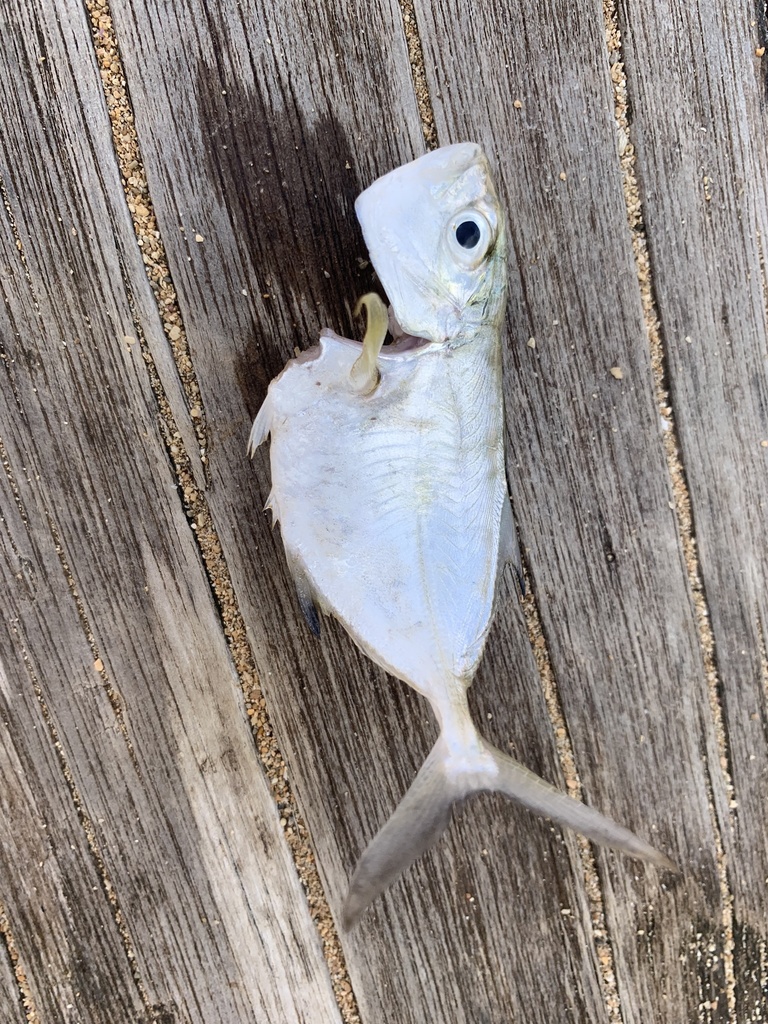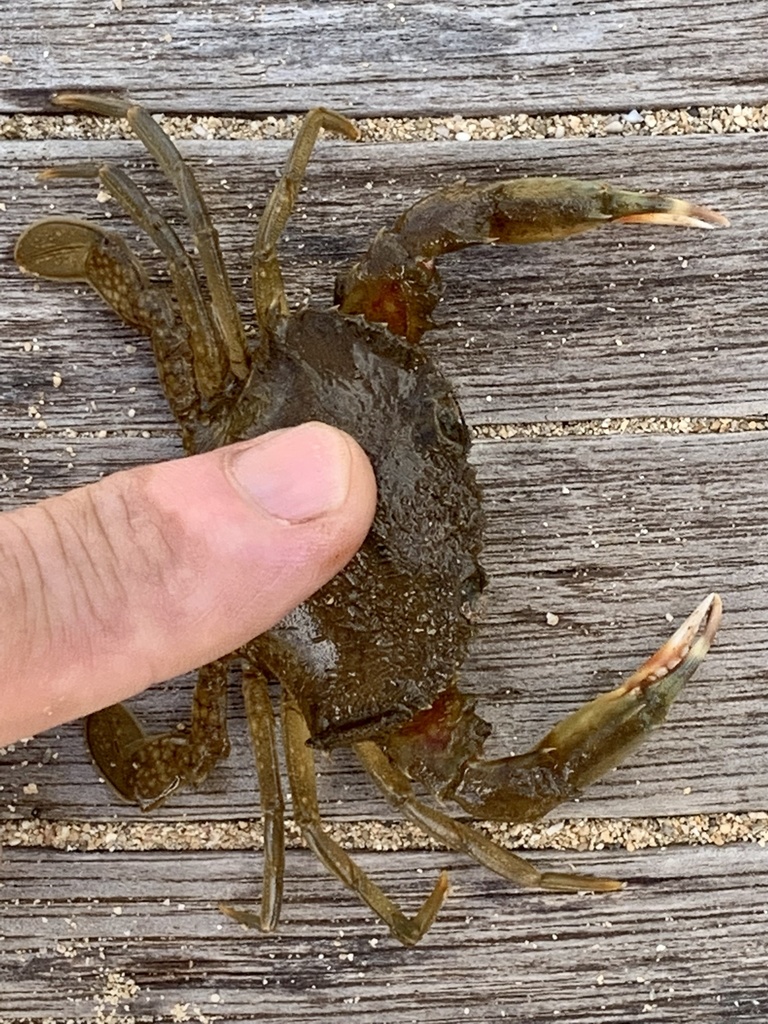Stake baiting for Hippa sand crabs in Hawaii
Where I'm from in Northern California, its often hard to scoop a handful of sand in the wave wash zone on a beach without catching one or more Emerita sand crabs buried in the sand. I've been eager to find the tropical counterparts in the genus Hippa for some time. Hippa are described as having an identical niche (e.g. under the sand in the wave wash zone), but their feeding is different. While Emerita live in nutrient rich waters like the California coast with its nutrient rich upwelling and use their long antennae to filter feed, Hippa live in nutrient poor coral reef ecosystems and are scavengers on washed up jellyfish and other forms of meat.

I've spent some time during 3 visits to Hawaii over the last 6 years looking for these to no avail. Here's a thread with some advice from @sea-kangaroo and others. I've honestly spent tens of hours digging for these (thinly veiled as sand castle making - 'daddy I thought we were building a tower not a trench, and should we build further from the water?') with no luck. In that respect they seem very different from Emerita.
I found this paper form 1977 by Wenner which describes using a technique called 'stake baiting' to catch them: "In setting the bait, I pierced three 1 cm3 pieces of bait with no. 2 knitting needles, slid the bait to a location 5 em from the needle top, and then forced these needles into the sand until the meat was flush with the sand surface. At the mean wave wash mark (wet line), the water covered the bait approximately one-half of the time. A 10-m distance separated the three baited stakes. After 5 minutes I scooped up the sand around each needle and sieved it, thereby obtaining the animals that had come to the bait. Each needle was replaced in the sand 1 m distant from the first position and the process repeated once or twice (an equal number of times within each experimental comparison)." but that seemed to elaborate to try to sort out.
But yesterday, I noticed the tail of a dead fish sticking out from beneath a leaf in the mouth where a small creek met the ocean. Under the leaf was a small swimming crab eating the fish. After observing the fish and the crab, I decided why not try out this stake baiting.
After sticking a twig through the dead fish and pinning it to the sand as described by Wenner and waiting a few minutes I scooped the sand and immediately produced a Hippa crab! I kept doing this at different places along the stretch of beach and produced several more crabs without fail. In fact you don't even have to dig as they protrude from the sand under the fish to begin eating it.
I hope these tips help others find these crabs. I'm amazed how well it worked. But frankly I'm also amazed how others have been able to find these crabs just by digging alone since I was so unsuccessful doing this even on this beach where the stake baiting worked in minutes. These crabs are remarkable in that in many ways they are so similar to Emerita (how they look, how and their niche in the wave wash zone) but in other ways they are so different, their feeding habits are very different, the fact that they are so hard to find (at least for me), and they are much more active and faster than Emerita (they scurry across the sand more like a fast insect whereas Emerita scoot much more clumsily) before digging in.





